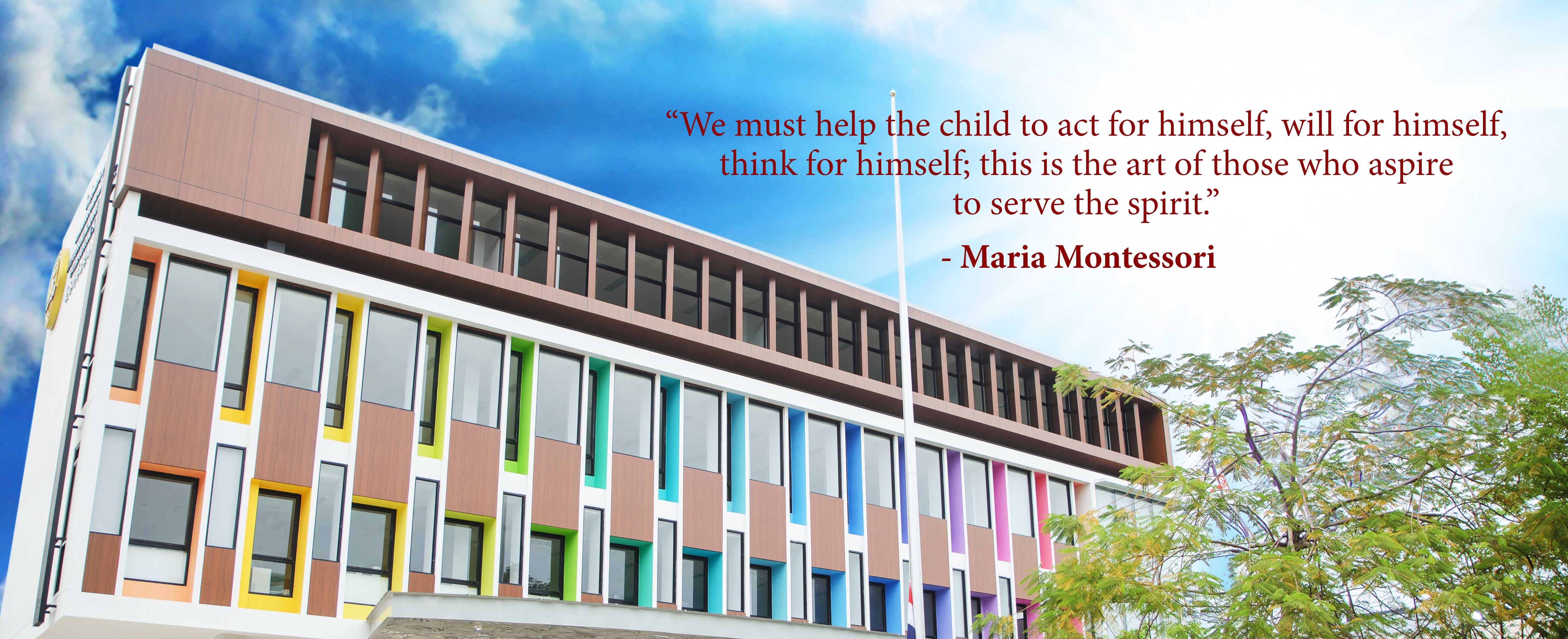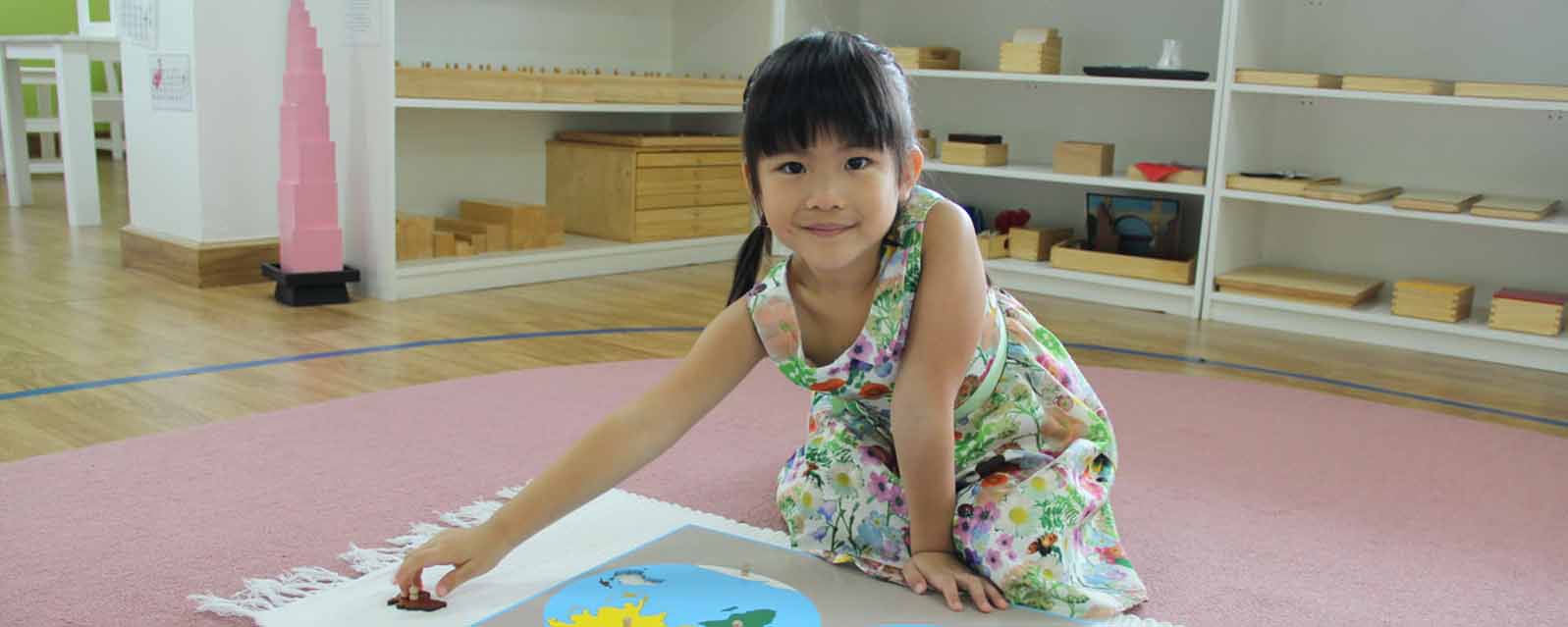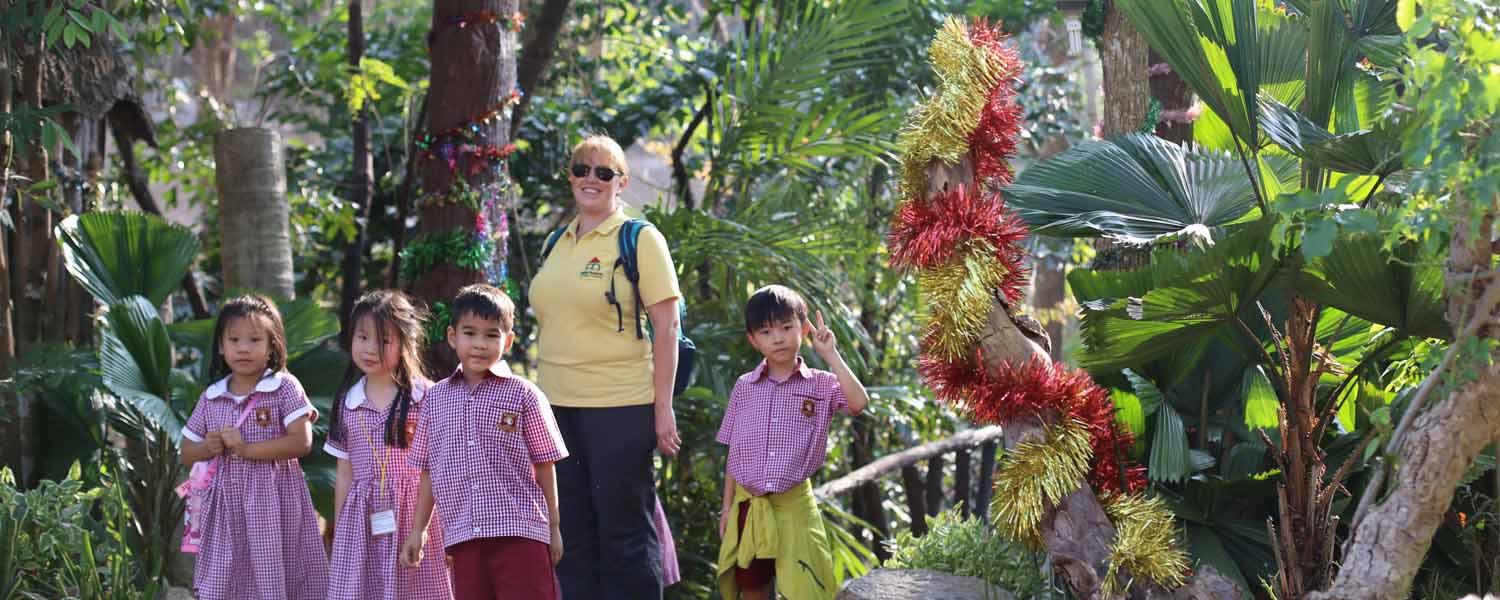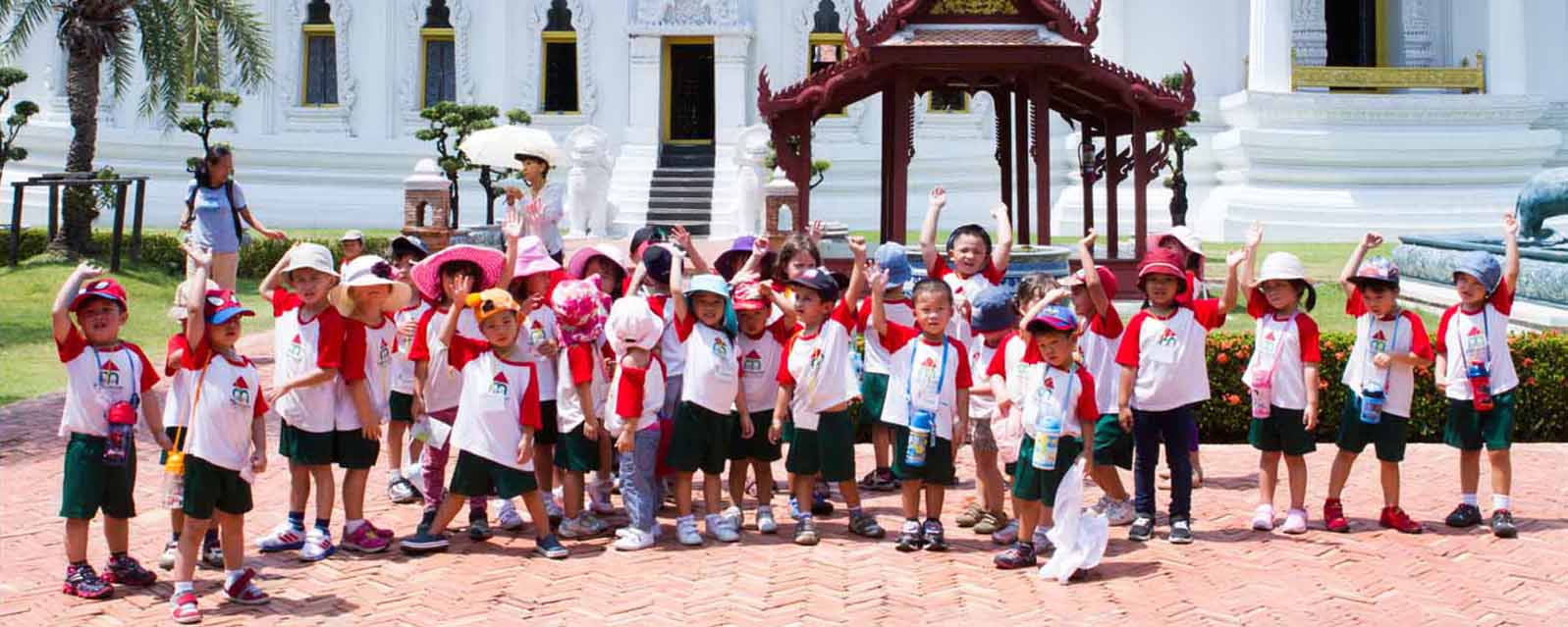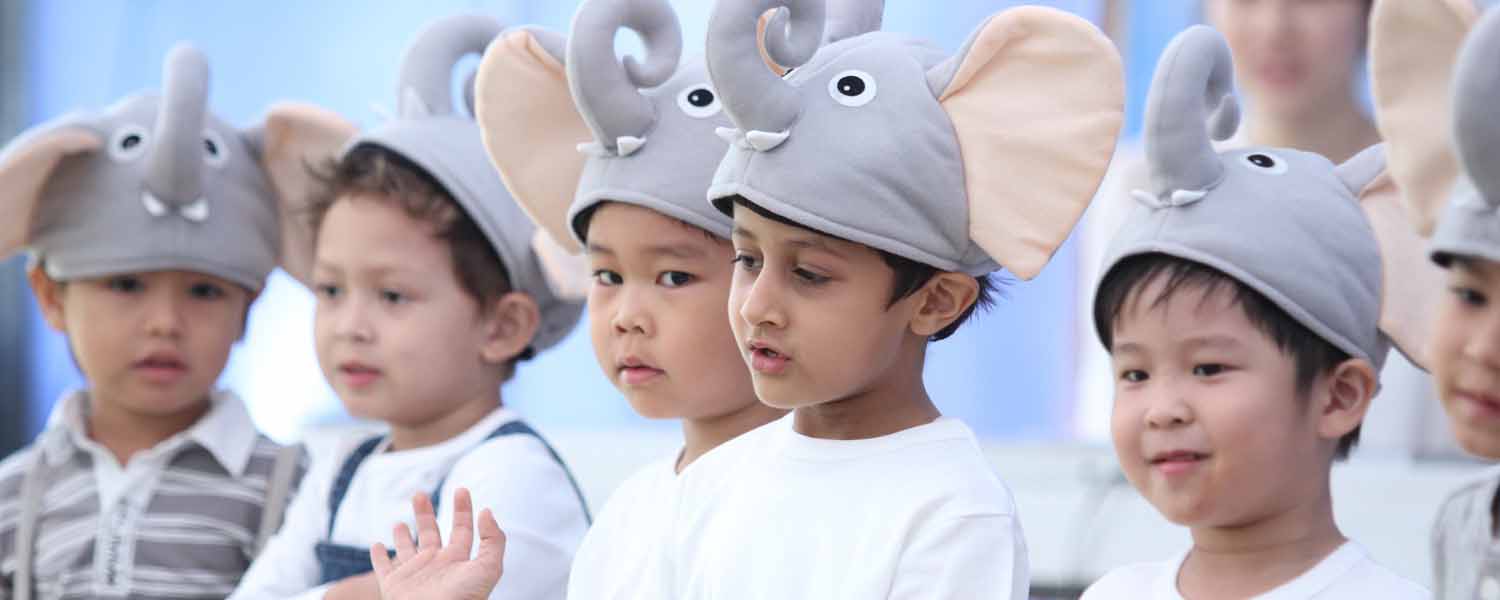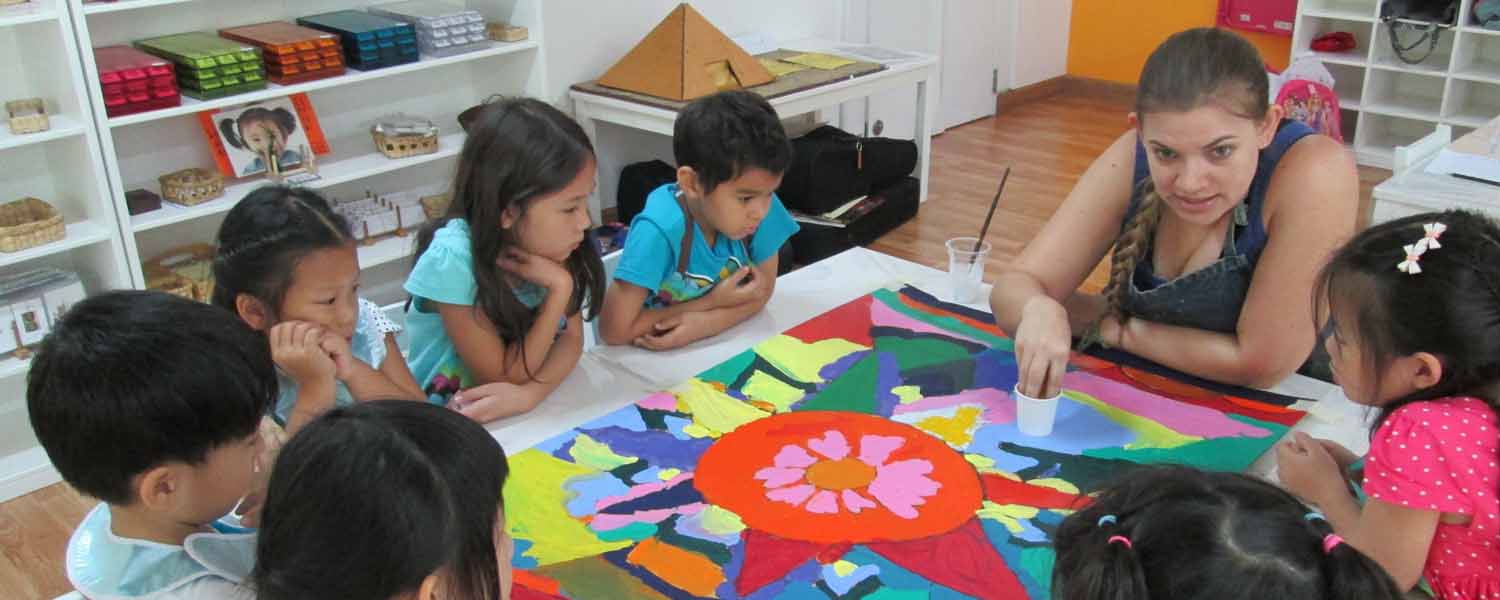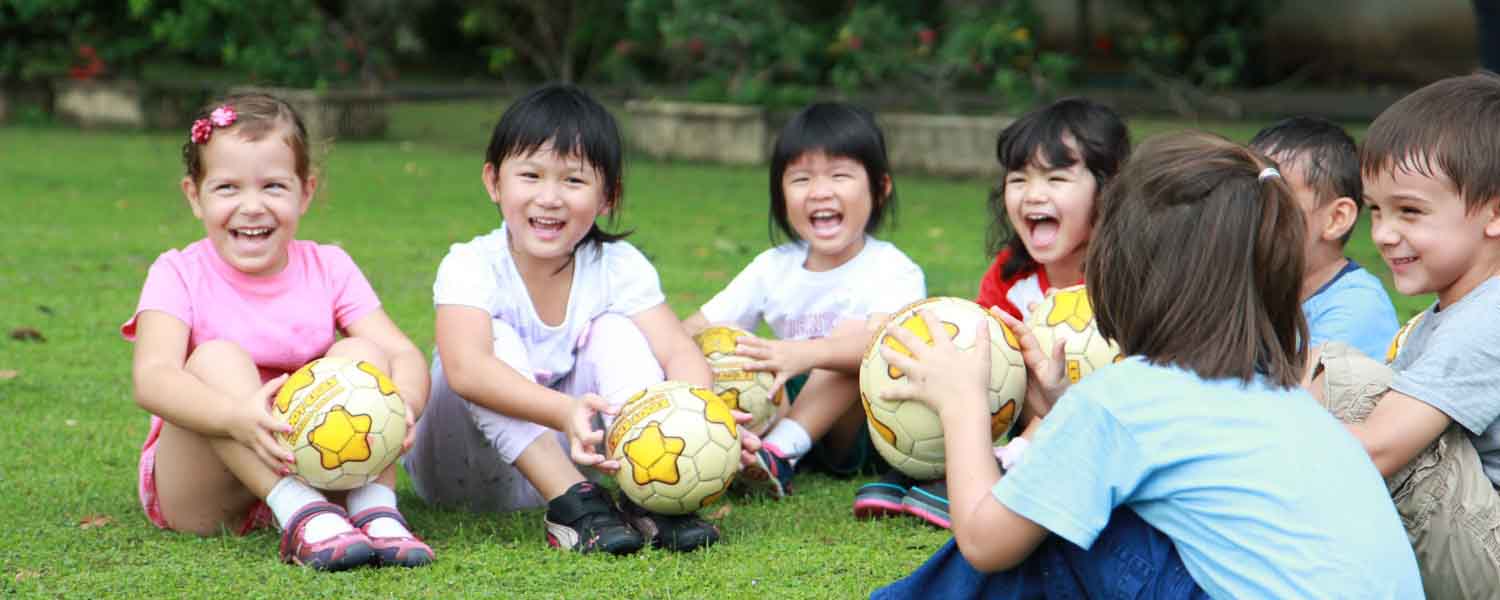What is Montessori
Dr. Montessori was Italy’s first female physician. She dedicated herself to helping children have a better chance in life through education. She also believed that education is the only means to bring about sustainable world peace. Her ideas and theories were revolutionary in her time over a 100 years ago; however, they have withstood the test of time. Montessori schools are growing in number around the world. Neuroscience and current educational research support her theories and many of her ideas are now accepted as mainstream concepts.
Dr. Montessori’s theory about childhood development was based on a lifetime of experience working and observing children rather than on any preconceived notion of how children developed. She discovered that children have immense creative powers within themselves, and recognized that their spiritual development is central to their growth. By spiritual, Dr. Montessori, referred to the will and the mind. Children learn through direct interaction with their environment and go through distinct phases of development. In each phase, the child has unique developmental needs that need to be adequately addressed.
Dr. Montessori devised her educational philosophy and curriculum around the unique developmental needs of the child at each phase of development.
First Plane of Development (0-6 years old)
From birth to six years of age the child experiences the fastest period of growth in his life. He is forming his personality and absorbing the culture of his people and environment. He is learning to adapt to life.
The child at this age is endowed with qualities that Dr. Montessori termed as the “Absorbent Mind” and “Sensitive Periods” which allow him to absorb everything in his environment and to incarnate them in his personality. The “Sensitive Periods” are what neuroscientists call “windows of opportunity” to learn. This is the optimal period for the child to acquire languages, develop coordinated movement, build a sense of physical and social order, refine his senses and attune himself to the details of his environment. He craves independence and needs this independence to grow in spirit, mind and body.
The Toddler and Casa communities are Dr. Montessori’s response to the developmental needs of the children at this age. A trained Montessori teacher is essential. She prepares the environment to be safe, beautiful and inspiring for the children. She then puts the child in touch with the appropriate learning experiences that will further his development.
This community of learners is comprised of a mixed age group (1.5-3 years old for Toddler, 3-6 years old for Casa) which encourages children to learn from one another in a non-competitive environment. Younger children look up to older students as role models and find inspiration from observing the broader capabilities of older children and the variety of challenging work they are engaged in. This naturally motivates the younger ones to challenge themselves further. The older students are in turn the natural leaders of the class. They have the opportunity and often demonstrate the willingness to reach out and help younger ones in their social community. This leadership role further strengthens their self confidence and maturity.
Children are exposed to a curriculum that is as broad as it is deep. They are learning for life and not simply to excel in academics. Children learn life skills in Practical Life, refine their senses with Sensory materials, they learn about animal and plant life, about the continents of the world, what people are like in far flung corners of the world. They explore through science experiments. Moreover, they learn to read and write in a natural way and are exposed to deep mathematics skills. Five to six year old children do operations (addition, subtraction, multiplication and division) with numbers in the thousands.
They have this wealth of experience and gain it in an enjoyable way. Children work with concrete materials which help them appreciate abstract concepts like sensorial qualities and mathematics. They have the freedom to choose their work, to repeat their work as many times as they desire, to move about in the classroom, to work independently or with friends. Because children work out of free choice, their work becomes meaningful to them and they learn in a more profound way. They are given the chance to connect to their interests and aptitudes. They also learn to make choices that are responsible and wise. Being in a community allows the child to develop his social skills. He becomes aware that he is part of a group and that his actions affect everyone else. This consciousness guides him towards behavior that is constructive for the whole.
The child’s free choice is balanced by limits or classroom rules which provide the guidelines to acceptable behavior.
In this environment, there are no grades, no external rewards or bribery for the child. The child works because he wants to work, he is driven by his desire and passion. Learning through intrinsic motivation has been found to be superior to external rewards when it comes to solving complex problems and longer term retention of the concepts learned.
Second Plane of Development (6-12 years old)
In the Second Plane of Development which spans from 6-12 years old, children transform into abstract learners. Their minds become propelled with tremendous imagination and wonderment. They want to know the reasons for things. They want to go out into the world to discover, to understand and find their place in it. Children at this age gravitate towards one another and prefer to learn and work together socially. They are becoming aware of moral values and are gaining a strong sense of justice.
Dr. Montessori’s response to children in this plane of development is the Cosmic Education for Grades 1-6. Again, children work and study in a mixed age environment to encourage learning from peers. Montessori Elementary programs may be structured as Lower Elementary (one class for Grades 1-3) and Upper Elementary (one class for Grades 4-6) programs or as a combined Elementary program (one class for Grades 1-6). While this seems unconventional, older children thrive on their leadership roles and younger students are drawn to the more complex work their older peers are engaged in. They also learn social and leadership skills from their older peers.
The Cosmic Education curriculum brings forth the Five Great Stories to the child. These are the Story of the Universe, the Story of Life, the Coming of Humans, the Story of Communication and the Story of Numbers. These stories excite the child’s imagination and ignites his desire to discover more through research. He gains an appreciation of the wonders of the universe, his heritage of millions of years of evolution, his inheritance of wisdom passed along from the ancient civilizations to today, he learns about all things around him from a ecological perspective, and starts to ask and answer for himself his “cosmic task” or reason for being. By becoming conscious of the interconnected nature of all things, the child comes to understand his responsibility to society, the world and the universe. He seeks to be a steward of peace and sustainability.
Alongside the Cosmic fables, students engage in a rigorous repertoire of academics. Children learn mathematics using materials which are concrete representations of abstract concepts. These materials help the child understand the concepts and progress towards the path of abstraction. In Grade 1 children work with operations in the millions. By the time they reach Grade 6 they are doing algebraic work and figuring out the Pythagorean theorem which is a concept that children are exposed to at the Grade 8 level in the US curriculum. Because the materials lend themselves to the natural development of children, they are able to grasp concepts more easily, in more profound ways and are able to challenge themselves further when compared with traditional education.
Children acquire literacy and follow a rigorous program in the study of grammar and style. They also learn history, geography, geology, cosmology, botany, zoology through class materials, experiments, hands on application and field trips.
Elementary children are not limited to their school environment. Going out is an important part of the program. Children need to go out into society to see for themselves how things are and work, to further research and answer their own questions, to gain real experiences and skills in a variety of social settings.
Graduates of the Montessori Elementary program are not only prepared to transition into other educational settings, they are well prepared for life. This is because the experiences in the Montessori Elementary program have not only given them a solid academic foundation, they have helped them develop higher levels of social and leadership skills.




